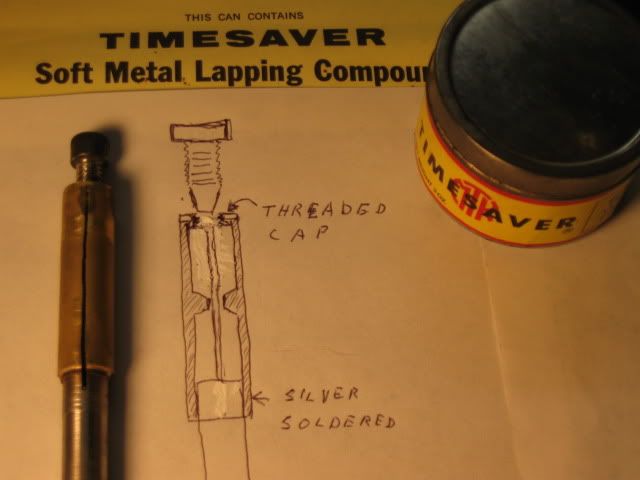DavesWimshurst
DavesWimshurst
- Joined
- Dec 7, 2008
- Messages
- 102
- Reaction score
- 3

Rolland said:Where could a person find plans for a Ringdom engine. I would like to build one

DavesWimshurst said:The piston is graphite as used for EDM machining, it was turned to a very close fit. The displacer bushing is also graphite bored to size and the outside grooved for epoxy to hold it in its housing.
Enter your email address to join: